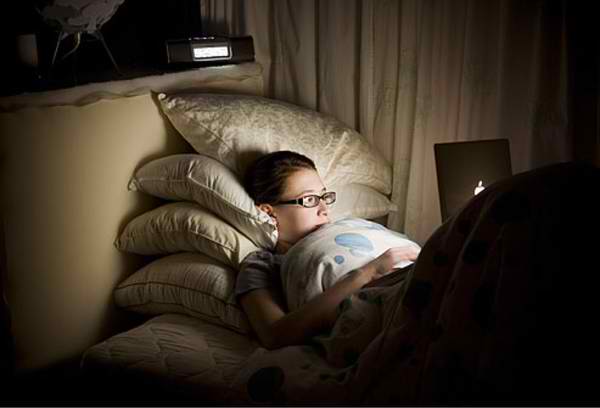
If the early bird catches the worm, what is the night owl more likely to catch? According to a new study, it’s diabetes, psychological problems and an increased risk of dying.
The study, published Thursday in the journal Chronobiology International, tracked almost half a million adults in the United Kingdom over an average of 6½ years. The researchers found that those people who identified as “definite evening types” at the beginning of the study had a 10% increased risk of all-cause mortality compared with “definite morning types.”
Night owls were also more likely to have diabetes, neurological disorders, psychological disorders, gastrointestinal disorders and respiratory disorders, according to Kristen Knutson, associate professor of neurology at Northwestern’s Feinberg School of Medicine and a leading author of the study.
“What we think might be happening is, there’s a problem for the night owl who’s trying to live in the morning lark world,” Knutson said. “This mismatch between their internal clock and their external world could lead to problems for their health over the long run, especially if their schedule is irregular.
“Previous work has shown that people who are evening types — are night owls — tend to have worse health profiles, including things like diabetes and heart disease,” Knutson added. “But this is really the first study to look at mortality.”
The researchers relied on data from the UK Biobank — a large prospective cohort study conducted between 2006 and 2010 that investigated risk factors for major diseases in men and women 37 to 73 years of age. In order to evaluate natural circadian rhythm, otherwise known as their chronotype, participants were asked to identify as “definitely a morning person,” “more a morning person than evening person,” “more an evening than a morning person” or “definitely an evening person.”
Of the 433,268 participants, approximately 10,000 died during the study’s 6½-year follow-up period. After controlling for factors such as age, sex, ethnicity, body mass index, smoking status and sleep duration, the researchers found that those who identified as “definite evening types” had a 10% increased risk of dying during the follow-up period compared with those who identified as “definite morning types.”
The risk of death was not increased for those who identified as “more a morning person” or “more an evening person” compared with the morning larks, according to the report.
“This is just one piece of the puzzle,” said Jamie Zeitzer, associate professor of psychiatry and behavioral sciences (sleep medicine) at the Stanford School of Medicine, who was not involved in the research.
